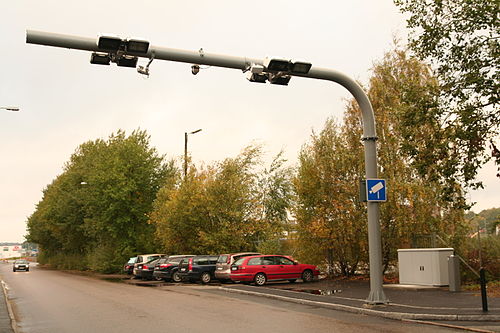I think that we would do well to implement something like this. As some have pointed out, traffic is not horrible in Ottawa yet, but once we put the infrastructure for a cordon in place, we will have a powerful tool to ensure that we keep it from getting horrible. Göteborg, with a population similar to Ottawa's, put such a system in place in 2013 and has helped the city smooth out congestion peaks, improve air quality and raise some $150M of yearly revenue for road, transit and cycling projects.
The infrastructure itself was only about $25M, which was more that recovered within the first year of operation. The pay stations themselves are not that intrusive either (although the faster the road, the bigger it has to be).

Off-peak (midday and after 6pm as well as weekends), the charge falls to $0, meaning that it doesn't impact people heading downtown for shopping or activities (unless you're heading to H&M at 7h30 on a Monday

).
For drivers at the peak hour, it's only about $3.25, which is not much more than a bus ticket. But in exchange, they get faster and more reliable commutes, better roads and better alternatives.
If we look at it another way, is it worth a slower commute, poorer transit service and bad air quality to save $3-4?



